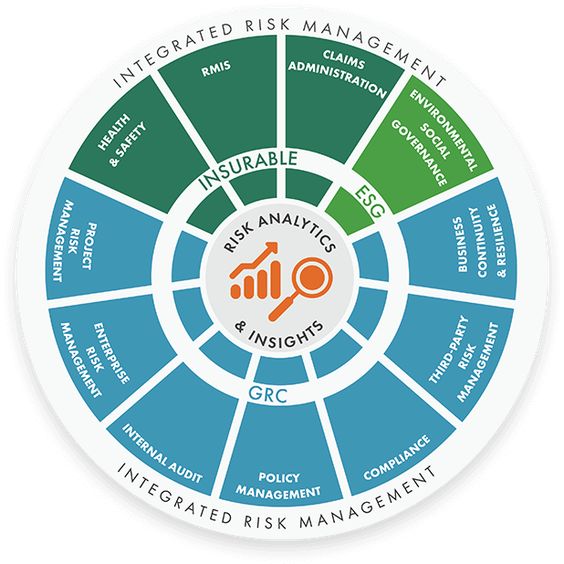With the ever-increasing complexity and uncertainty surrounding modern-day businesses, companies are consistently searching for solutions to manage and mitigate potential risks. Traditional risk management strategies focus primarily on identifying and avoiding risks, whereas integrated risk management combines various risk management techniques to enhance business resilience and continuity.
What is Integrated Risk Management?
Integrated risk management is an all-encompassing approach that brings together all aspects of risk identification, assessment, and management within an organization. It considers financial risks, strategic risks, environmental risks, and operational risks with the aim of achieving business continuity objectives.
The Benefits of Integrated Risk Management
– Reduction in the likelihood and impact of risks.
– A better understanding of business operations and their risks.
– Protection of reputation and brand value.
– Increased ability to comply with industry regulations.
– Enhanced business resilience and continuity.
The Components of Integrated Risk Management
1. Risk Assessment: This step evaluates potential risks that might affect an organization and helps to establish risk priorities and a risk profile. It can be done through various methods such as risk mapping, SWOT analysis, and scenario planning.
2. Risk Treatment: After identifying risks, the next step is to determine the most efficient way to manage and mitigate them. This can involve avoiding, transferring, mitigating or accepting the risks, depending on the organization’s risk appetite.
3. Risk Communication: This involves the dissemination of risk-related information to stakeholders, including employees, investors, customers, and suppliers, to ensure everyone is aware of the risks involved in the organization’s operations.
4. Risk Monitoring: This encompasses an ongoing process of evaluating and reporting on risks within an organization. Risk monitoring helps to ensure that risk management strategies remain aligned with organizational goals and that they continue to be effective.
The Role of Technology in Integrated Risk Management
Technological advancements have significantly aided integrated risk management practices. Companies are now implementing risk management software that provides a complete view of all their business risks across various departments. This technology enables organizations to continually track risks and make better-informed decisions when new risks arise.
The Implementation Process of Integrated Risk Management
1. Assess and understand the risks associated with your business operations.
2. Establish a risk management framework that encompasses all areas of operations.
3. Define a risk appetite and risk tolerance that aligns with organizational goals.
4. Adopt risk management software that enables real-time monitoring and reporting of risks.
5. Train employees on the importance of risk management and how to carry out risk management practices.
The Importance of Regularly Reviewing Your Integrated Risk Management Framework
Regularly reviewing your integrated risk management framework helps to ensure that it remains aligned with changing organizational goals and objectives. It will also help in identifying changes in the business environment that might result in new and emerging risks that require more efficient management strategies.
You might find these FREE courses useful
- Create a Project Management Dashboard
- Top Project Management: The Basics For Success
- Top Project Management: Life Cycle And Project
- Top Project Management Certification Google Courses
- Top Project Management Courses – Learn Project
- Top Project Management Principles And Practices
In Conclusion
Integrated risk management is no longer an option but an essential part of running a successful business. Companies that prioritize risk management are well-positioned to minimize the impact of any potential risks that may arise and enhance their resilience in the face of uncertainty. By implementing an integrated risk management framework, companies can achieve their business objectives while achieving business continuity.
